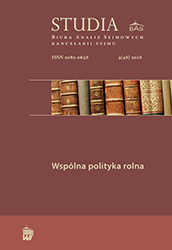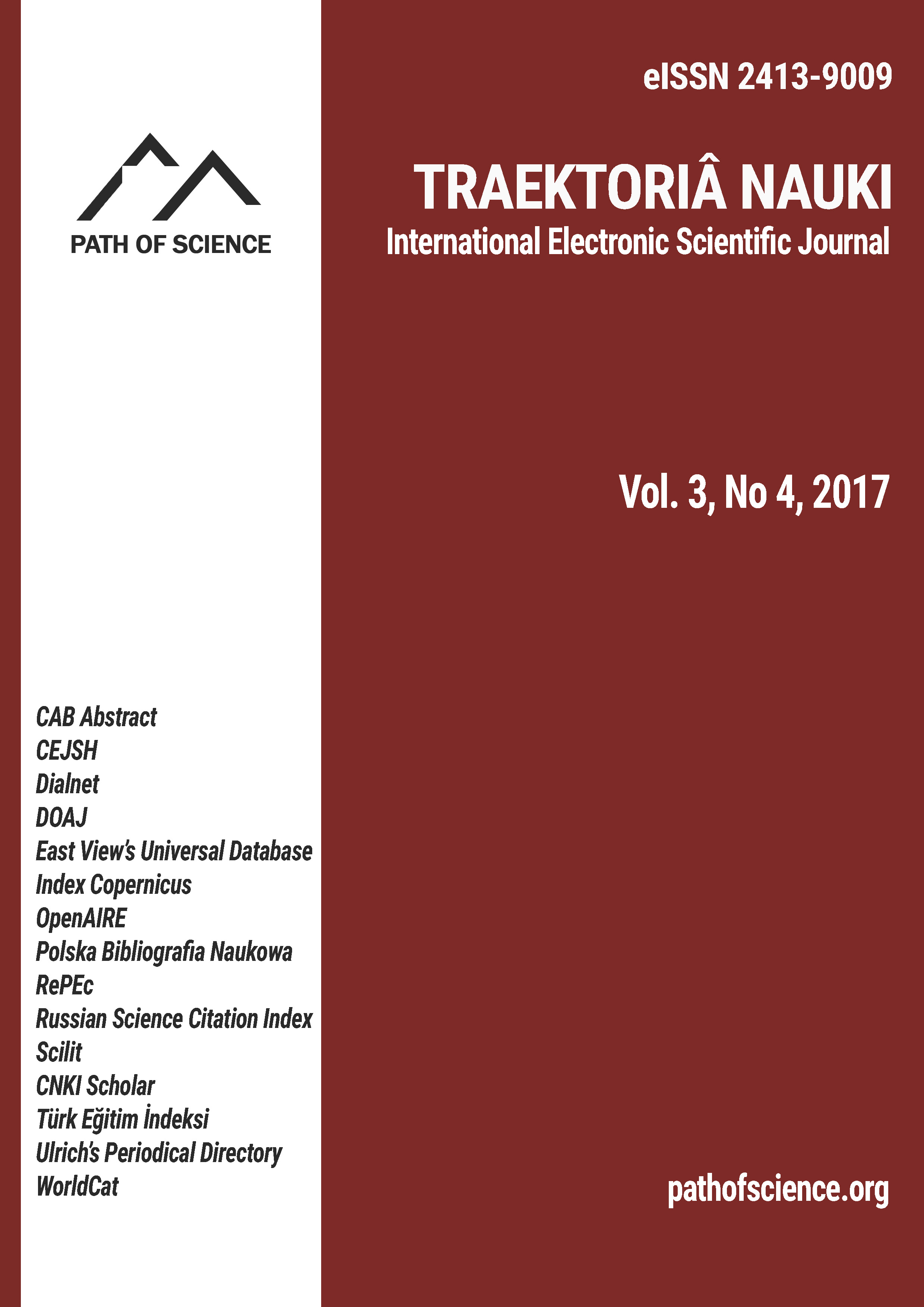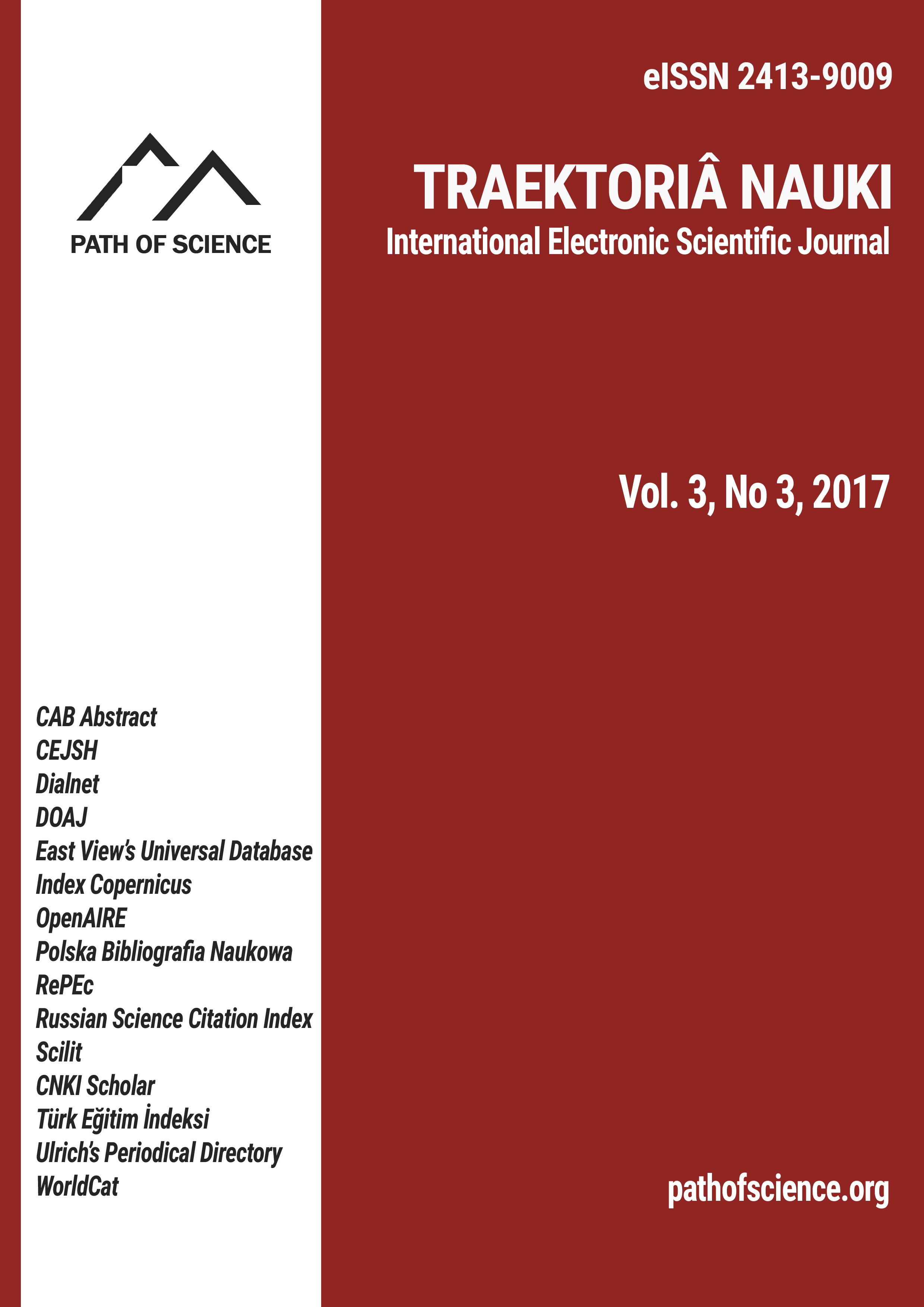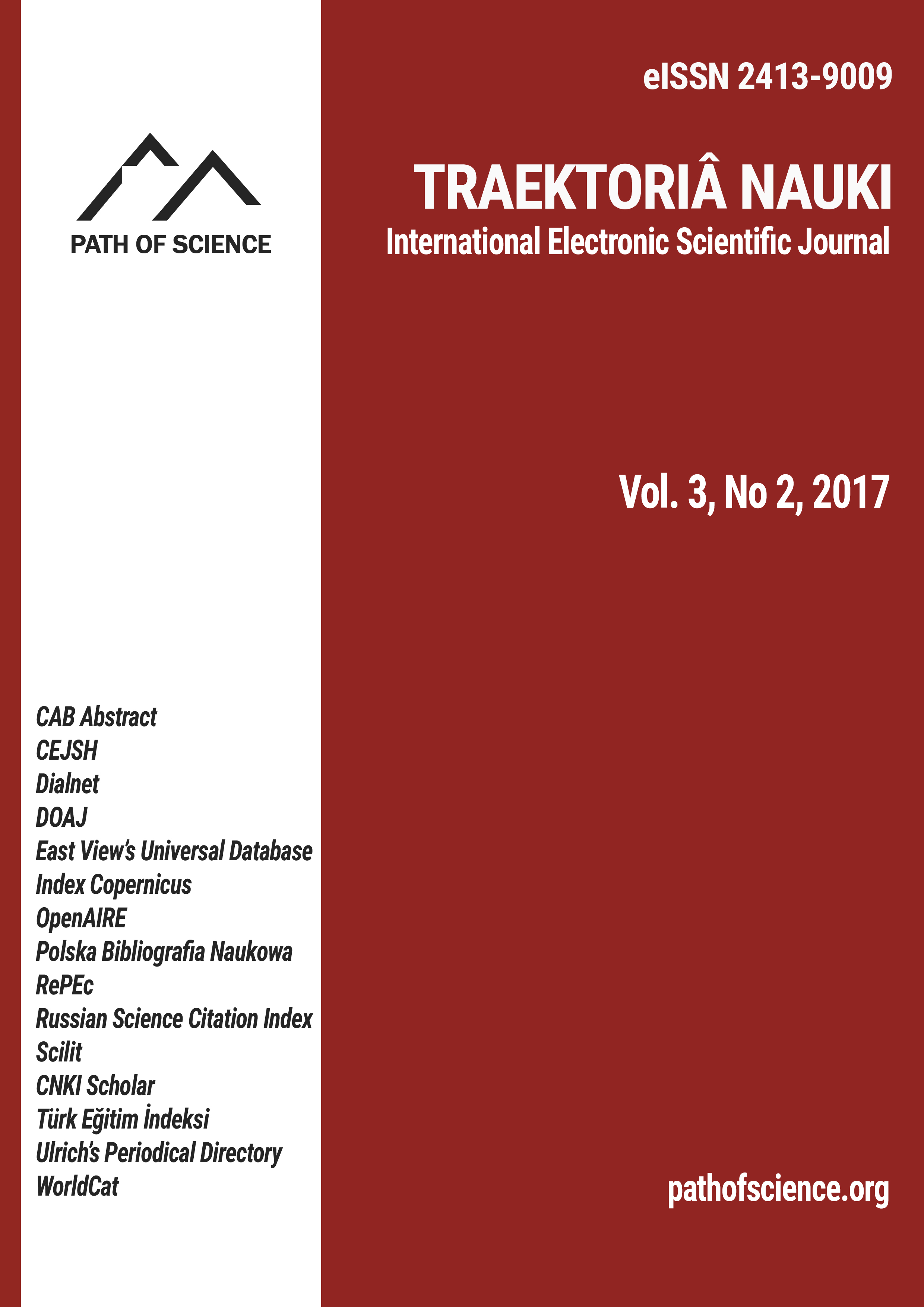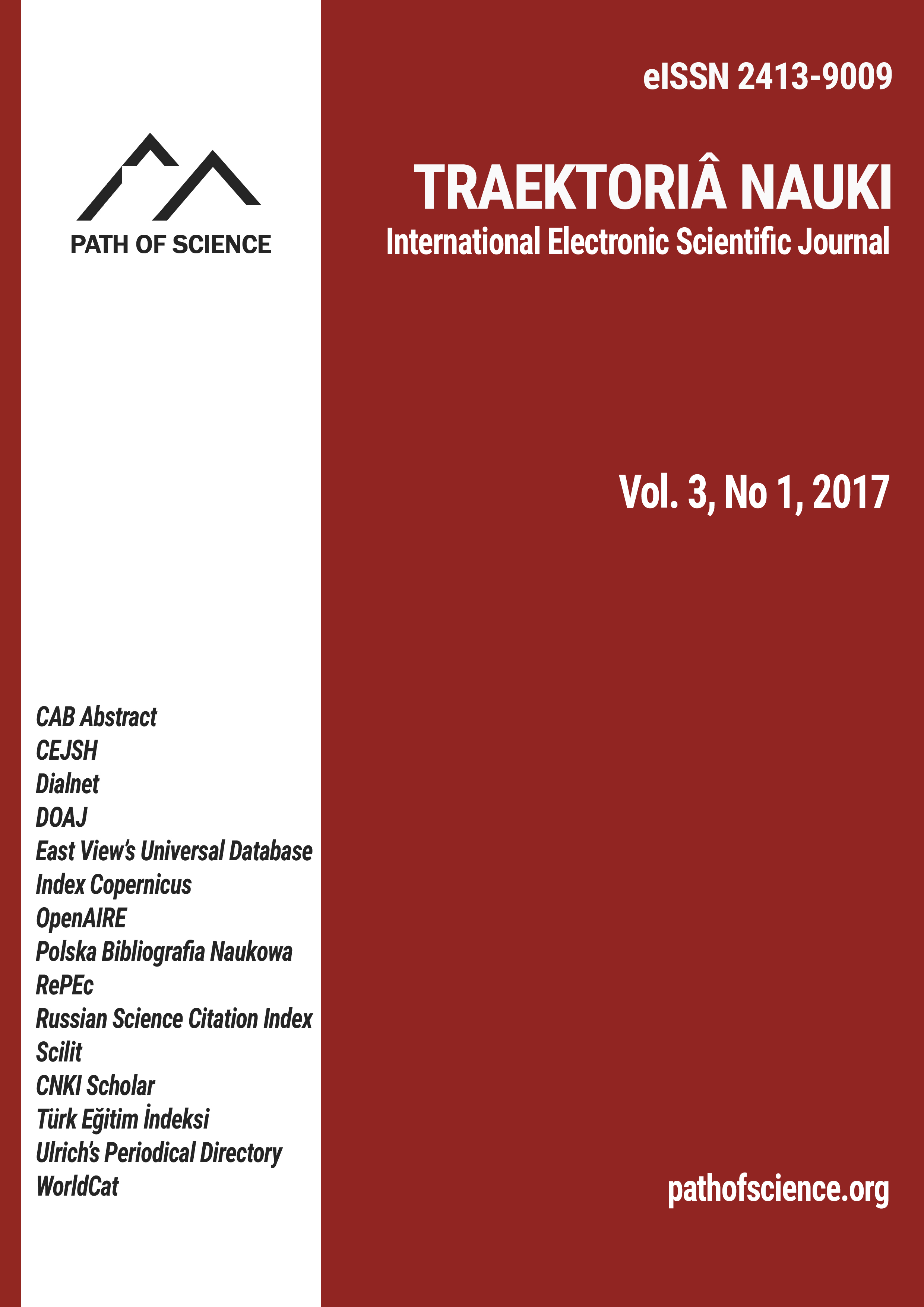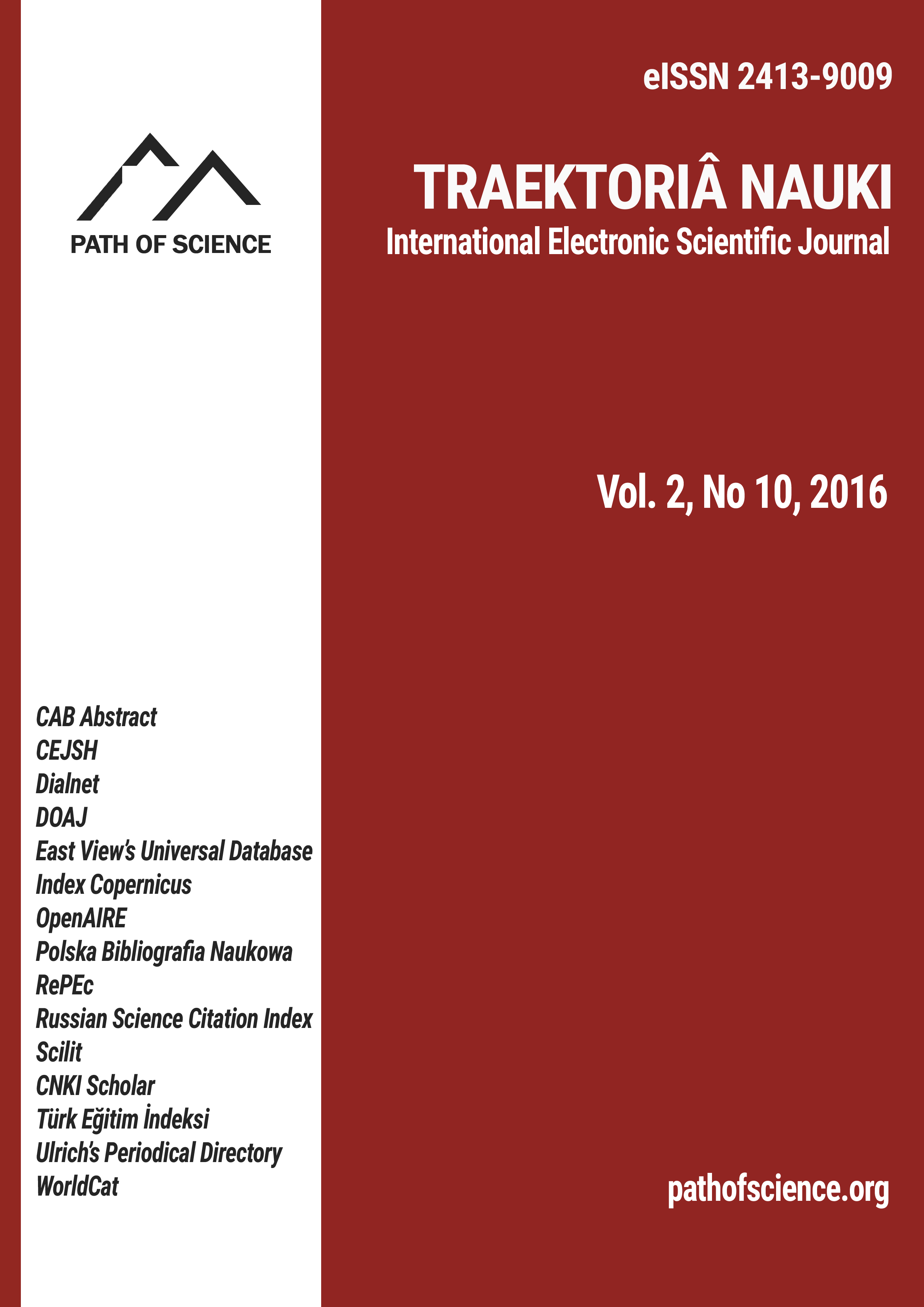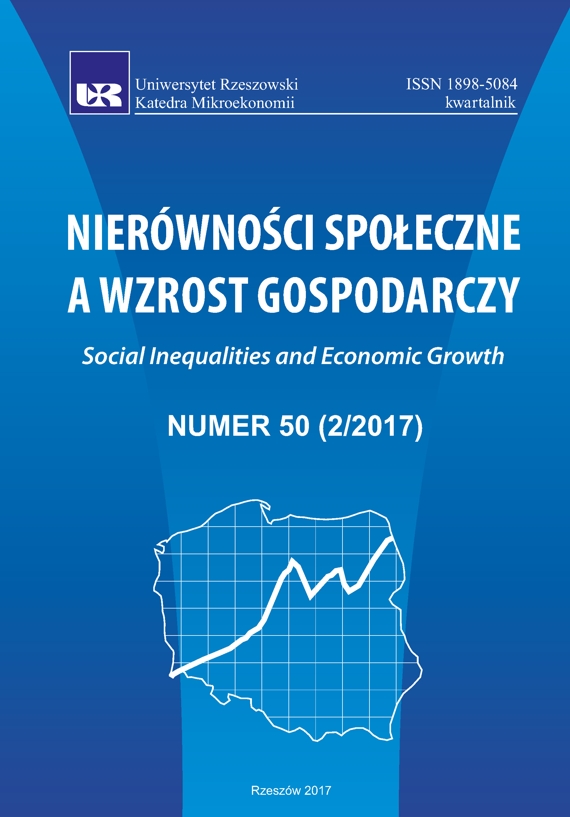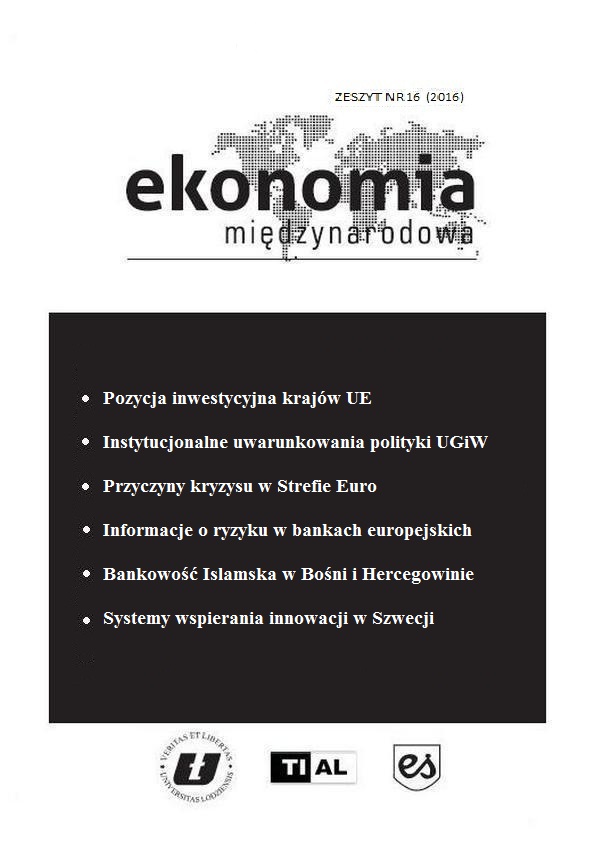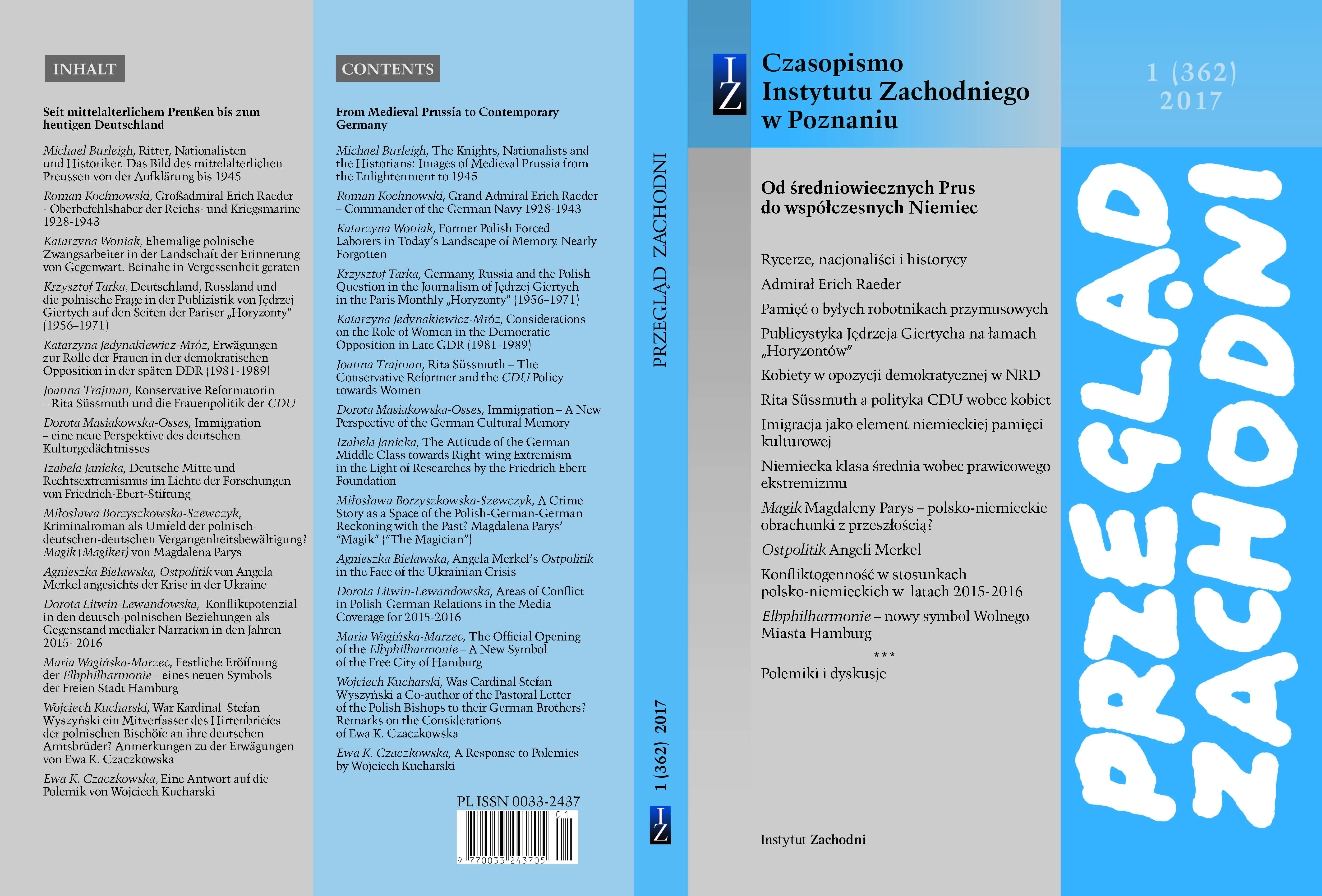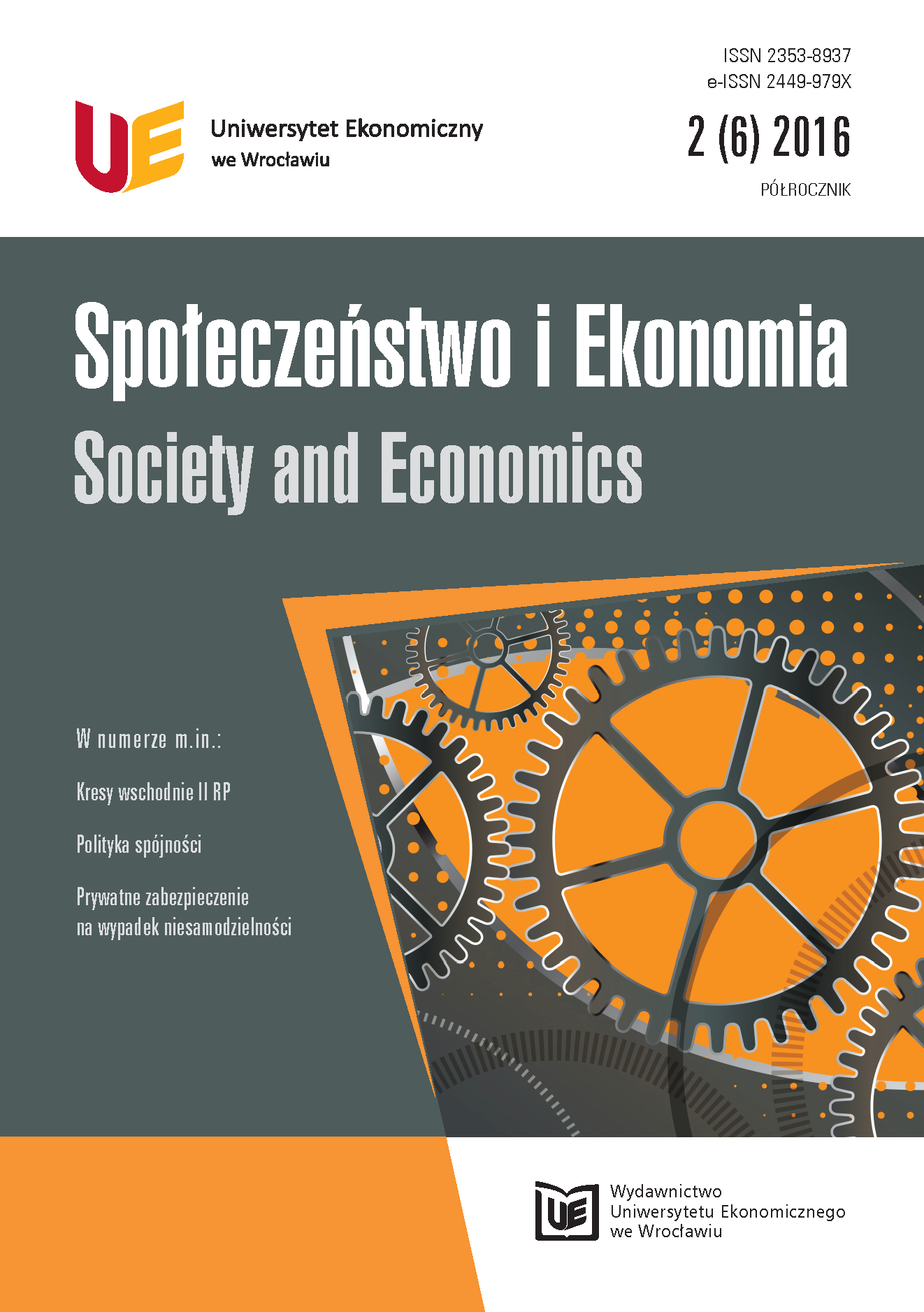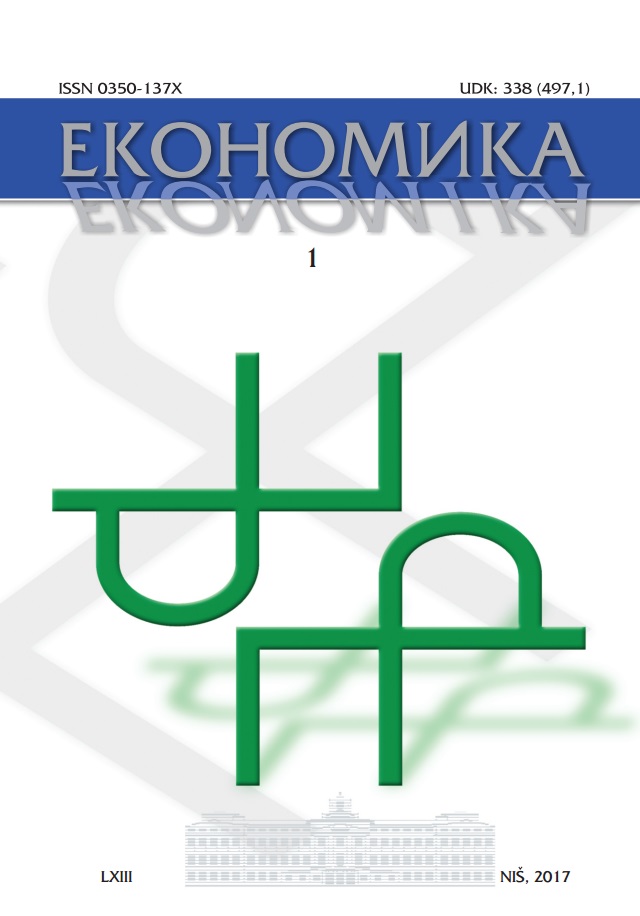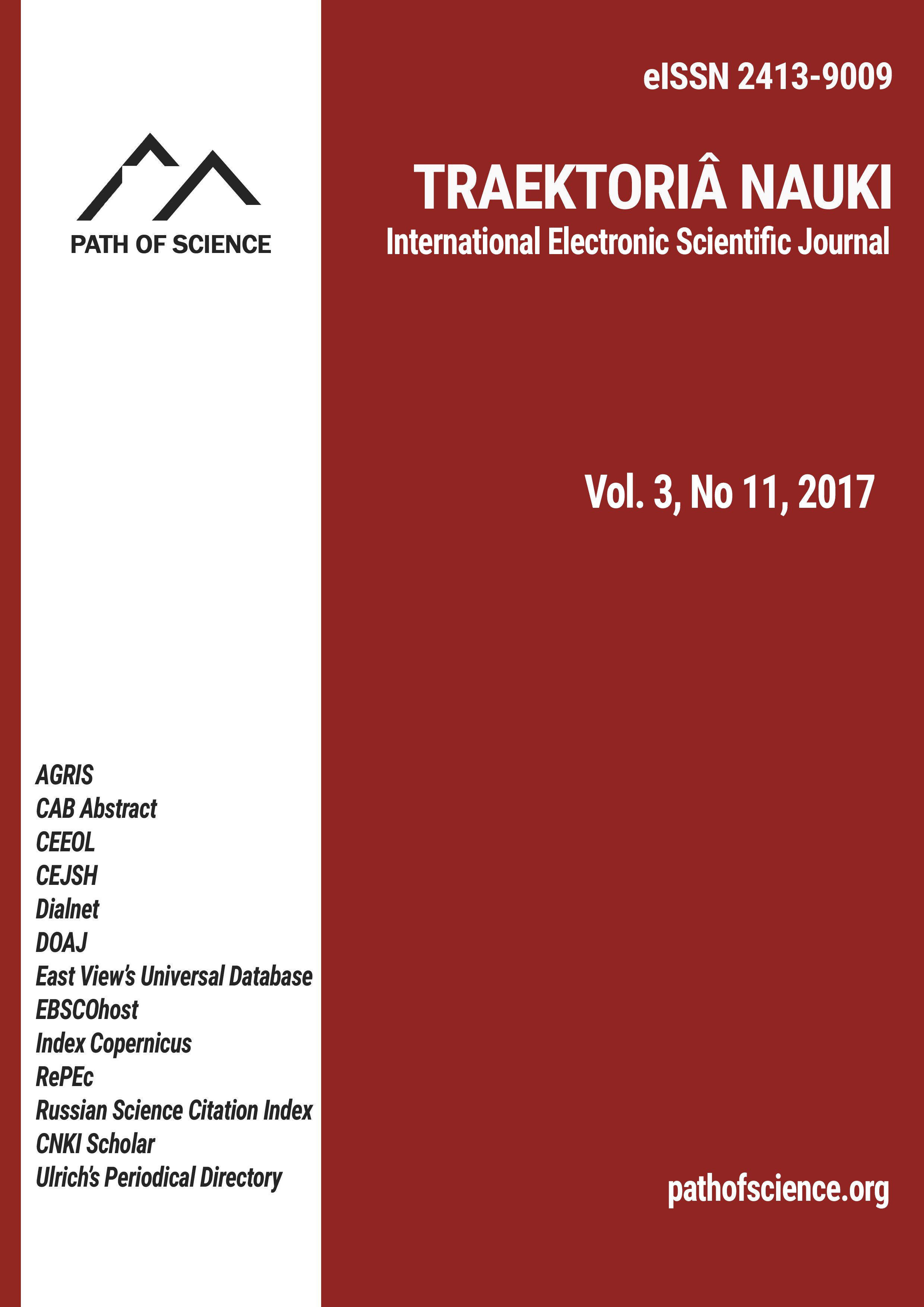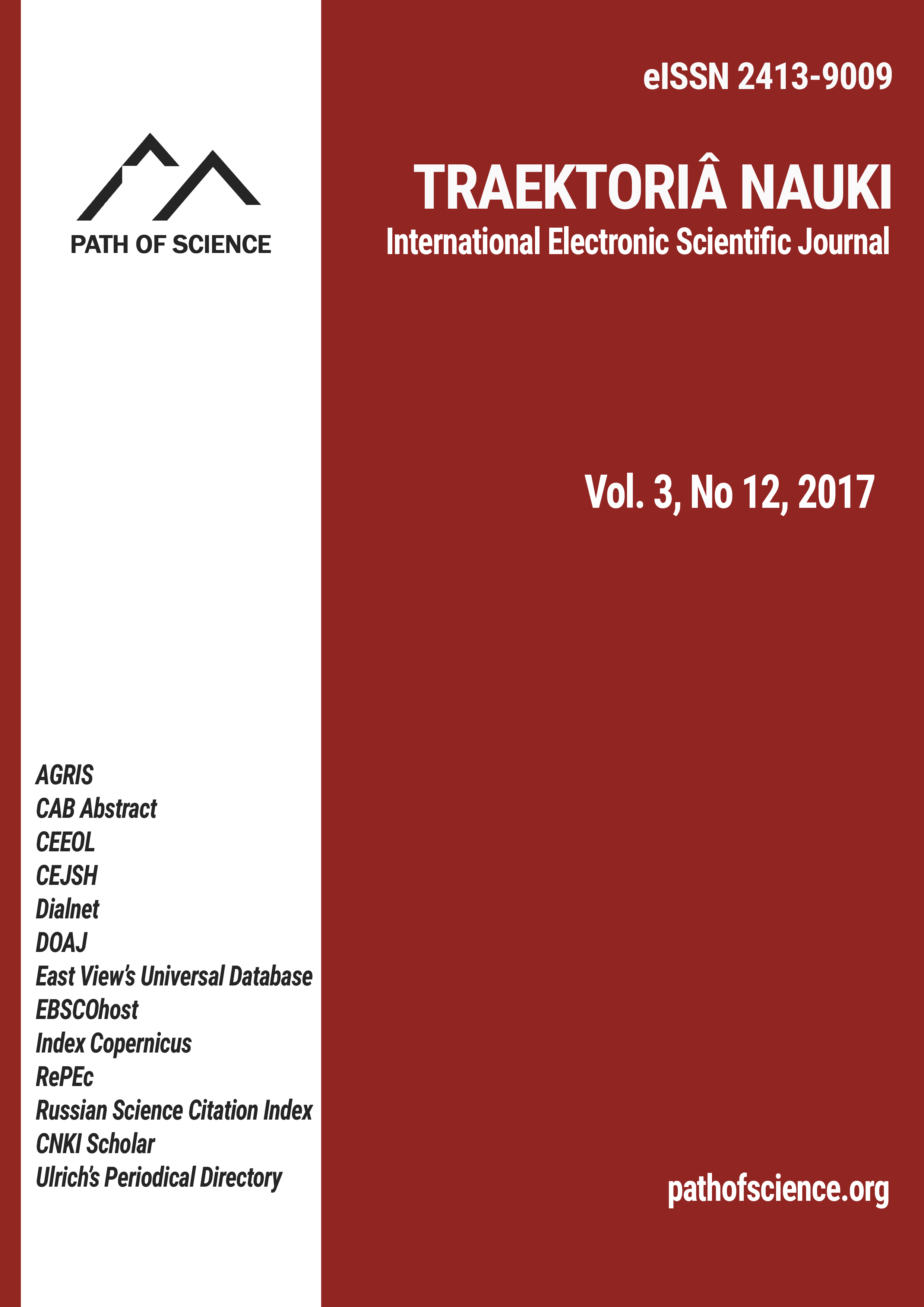THE ENVIRONMENTAL AWARENESS OF AGRICULTURAL PRODUCERS IN SERBIA: ATTITUDES AND PRACTICES
The identification of environmental awareness in this paper was conducted through its basic dimensions: attitudes, behavior and willingness of the respondents to participate in solving environmental problems. The paper focuses on understandings, attitudes and motivations that influence the decision of farmers regarding key issues related to the environment and agricultural production. In the empirical section, this paper assesses whether and how environmental practices follow environmental attitudes of the respondents. One of the hypothesis is that formal education, as an important determinant, has a significant impact on the attitudes regarding environmental protection and the application of positive environmental practices. What was also examined was the extent of and the manner in which information in the field of agriculture and environmental protection, influences the attitudes, practices and involvement of farmers in preserving the environment.
More...
